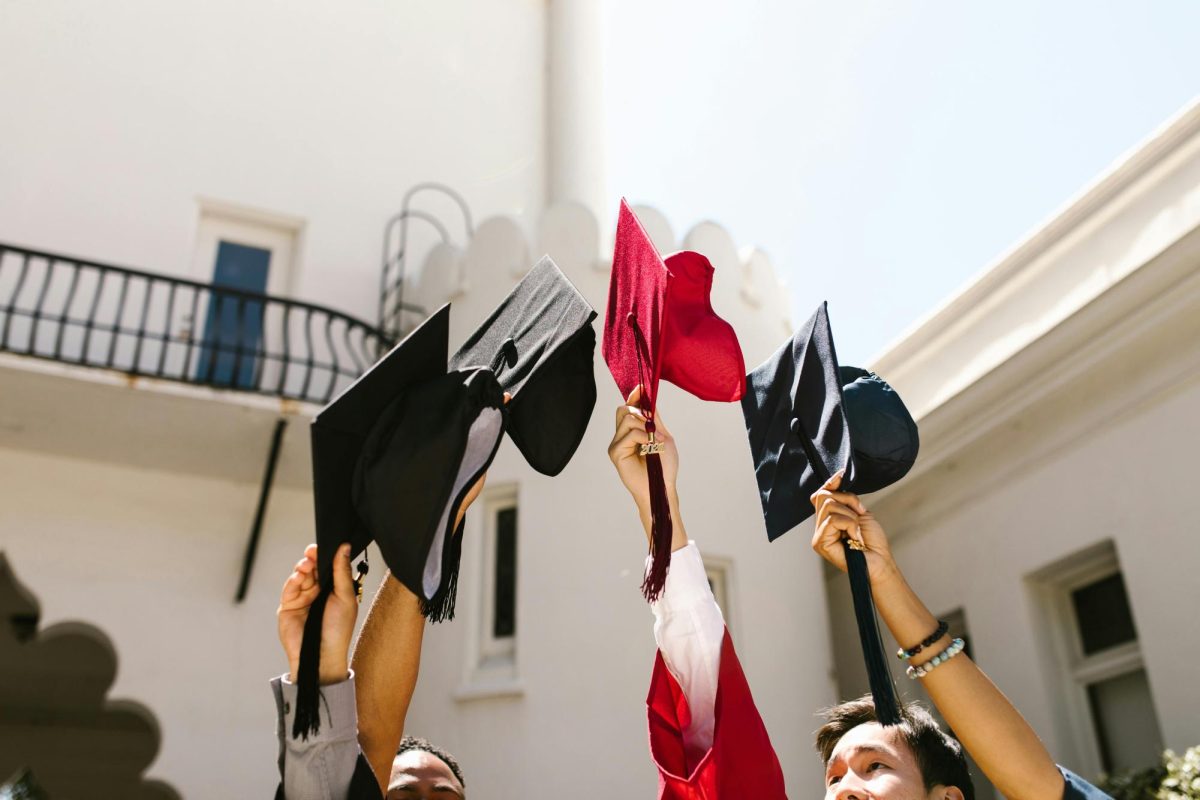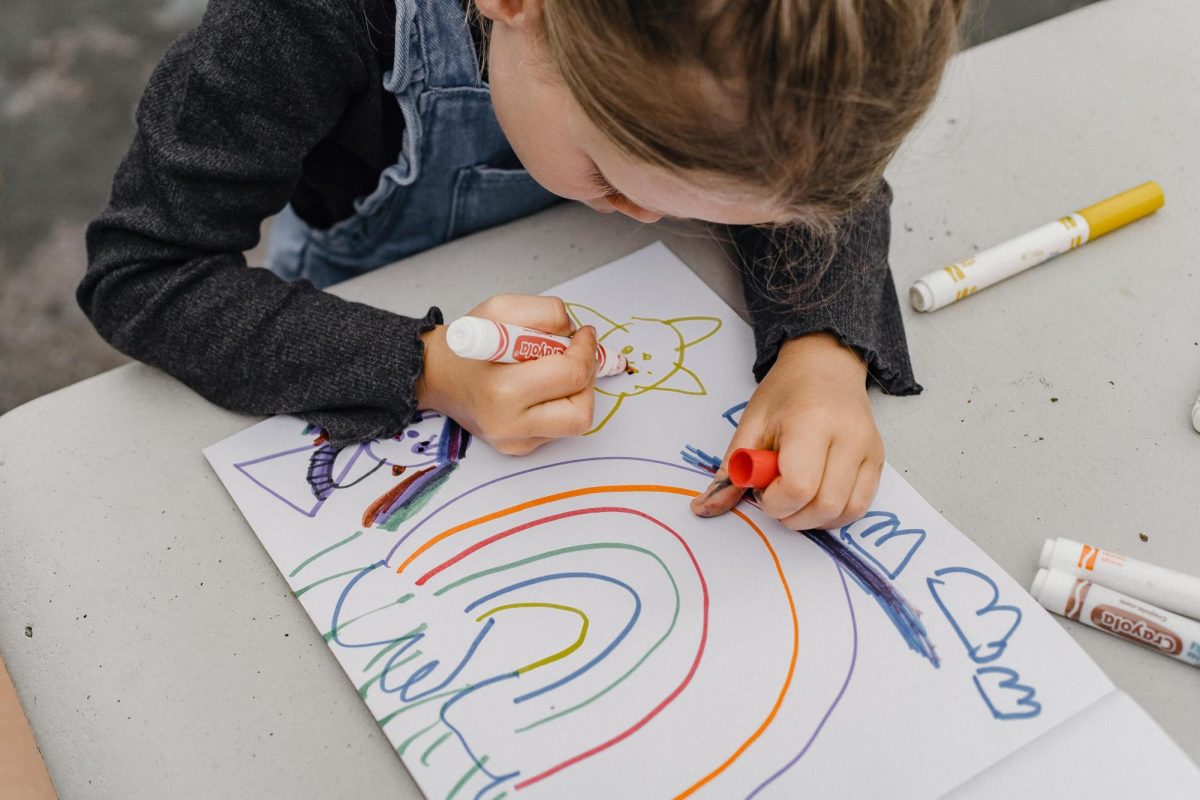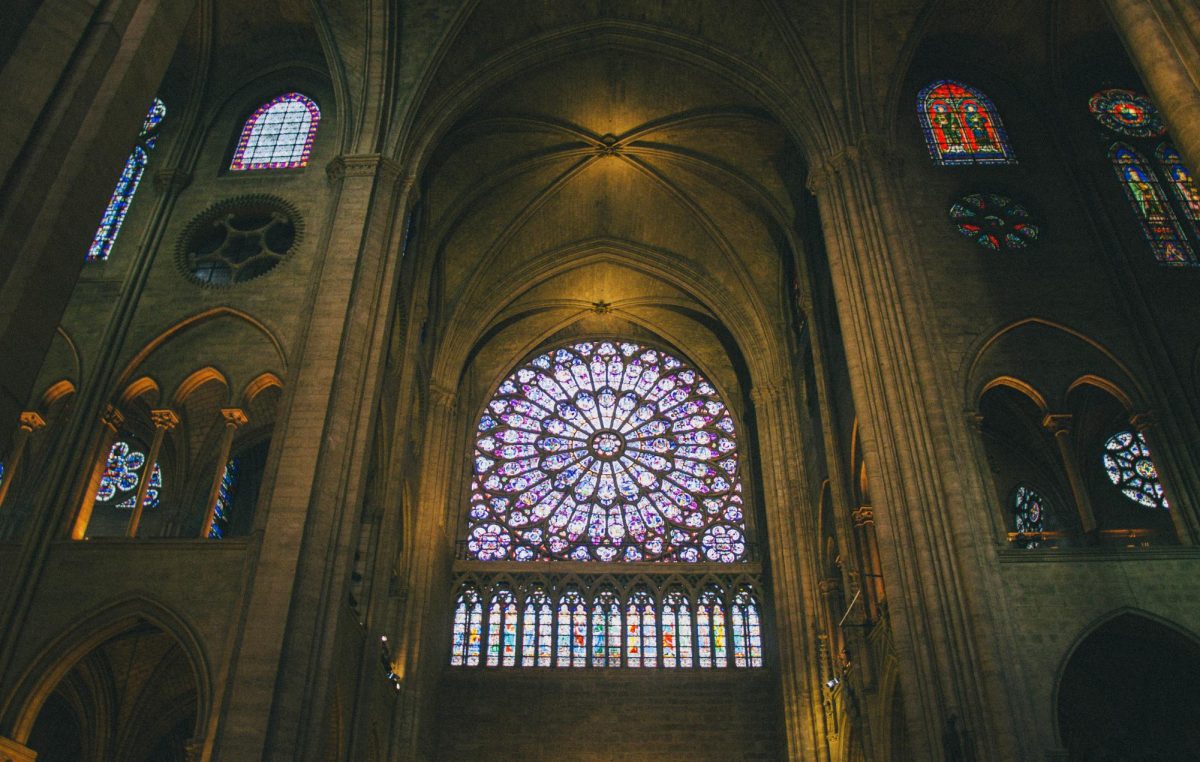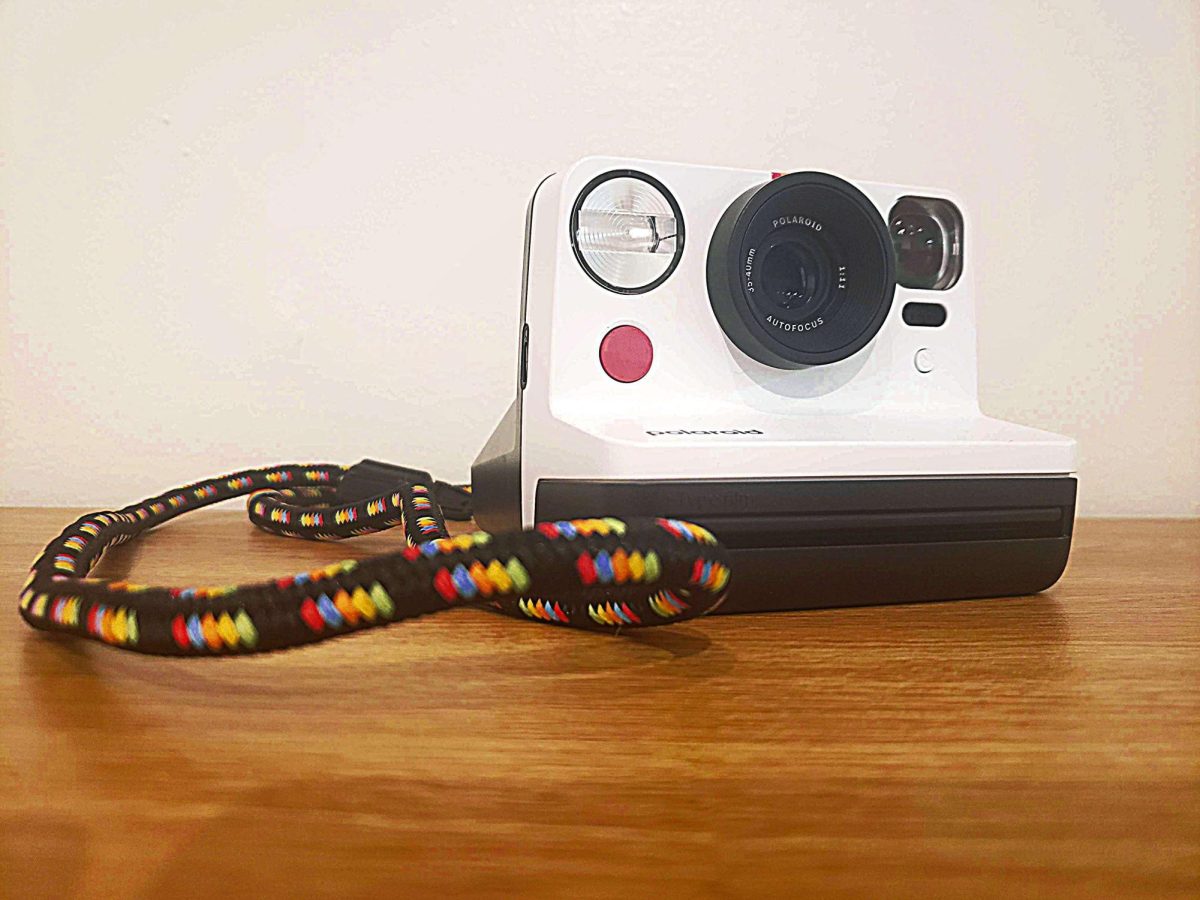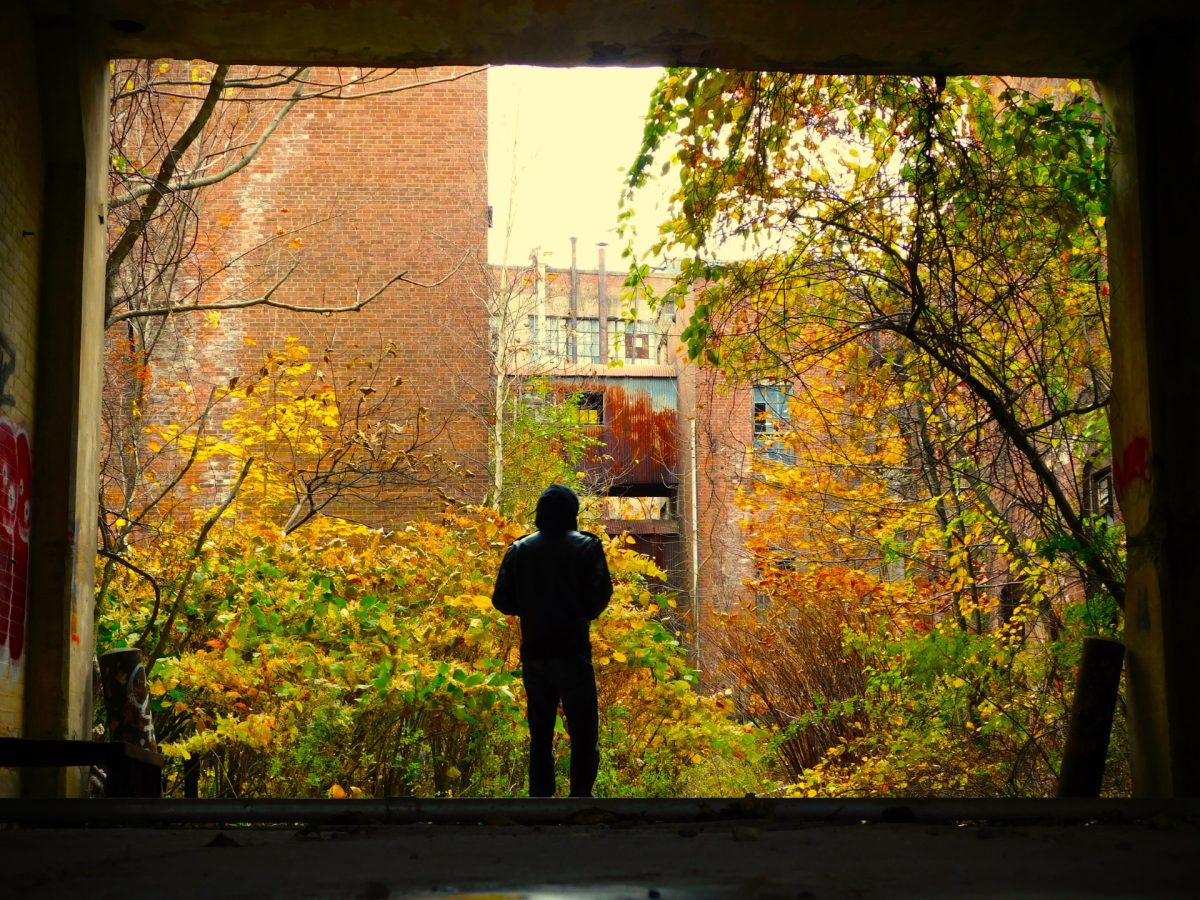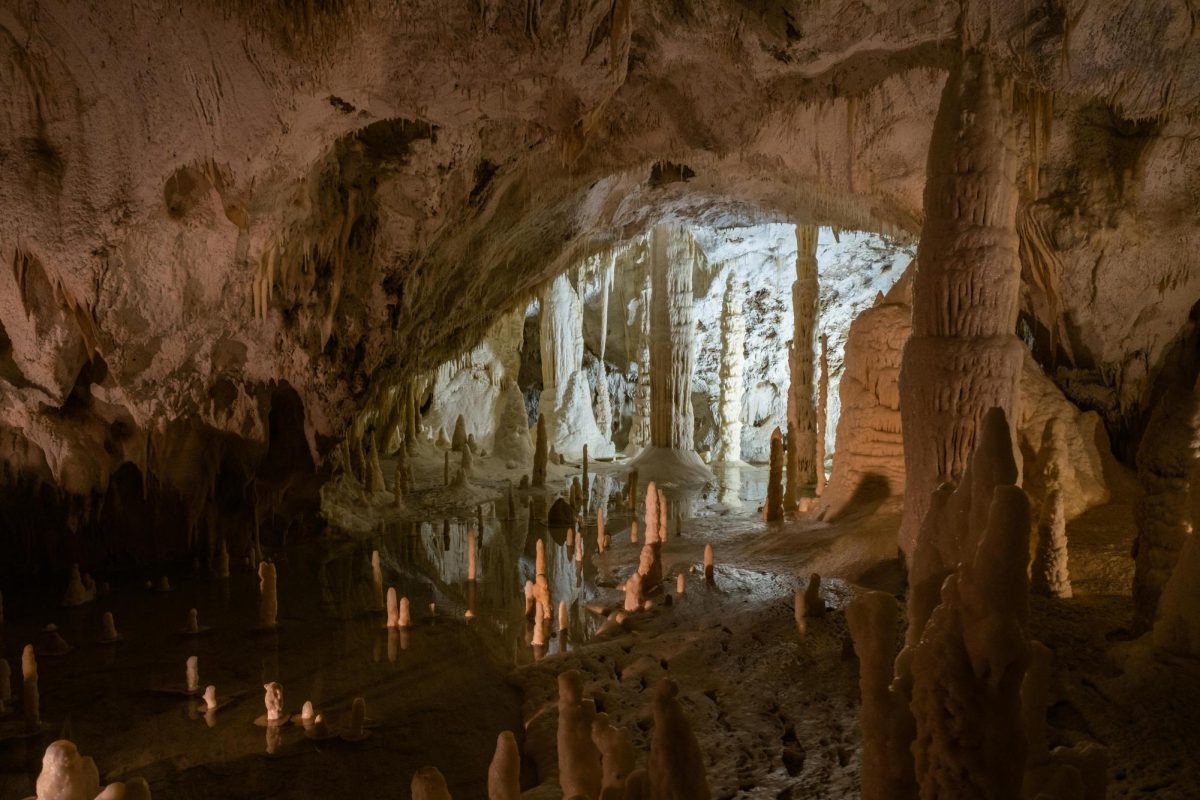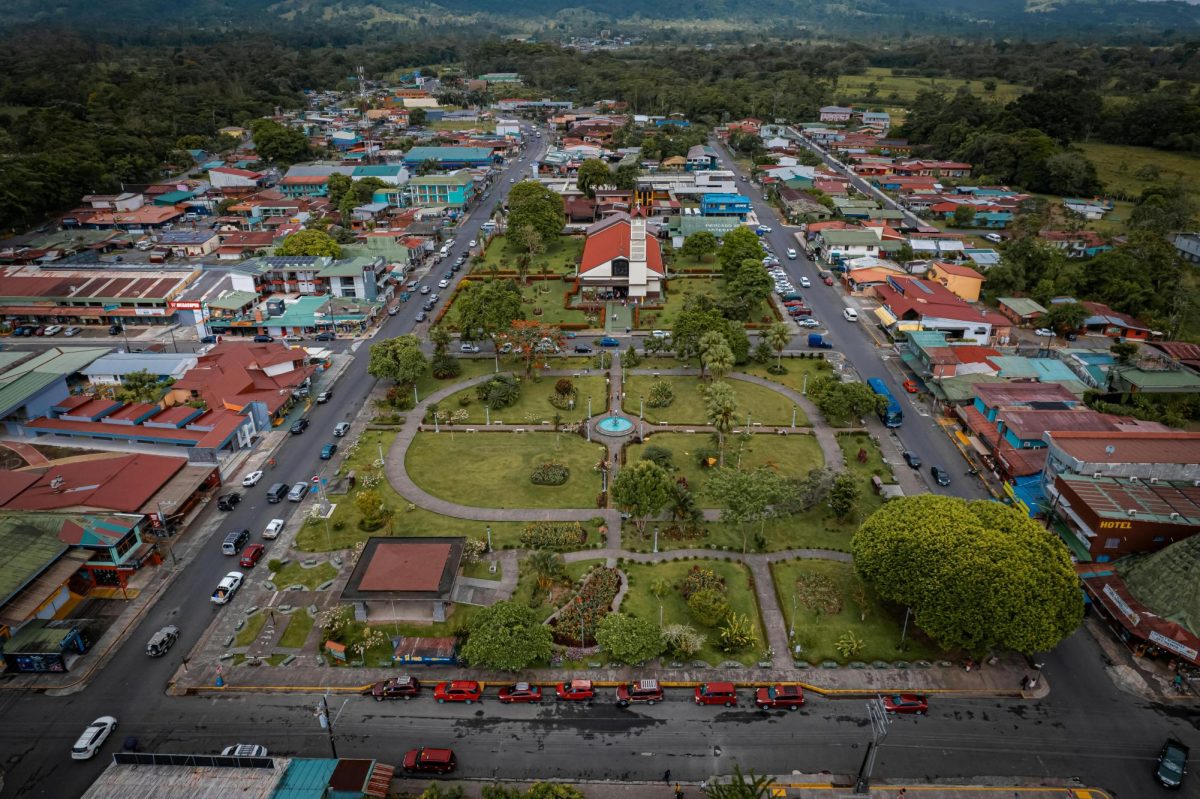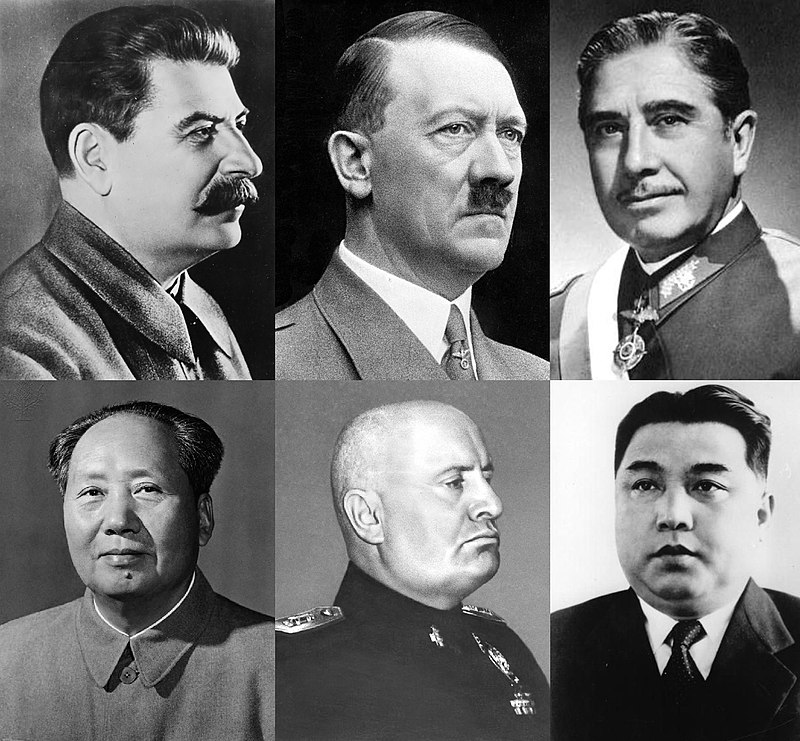Museums serve as a window into the past, an immersive experience that transports the observer into a moment in time. Immersion is achieved through the creation of elaborate displays, objects and artifacts from the targeted period. While it is overlooked, museums are commonly a product of the history they claim to preserve, whether knowingly or not, this is born from a complicated history of artifacts acquisition. Such acquisition includes blatant theft of artifacts to more grey areas that have legal precedent and implications. These unethical and morally grey instances have led to an increased controversy surrounding the topic of artifact repatriation and restoration to their original cultural homes.
Michelle Fabiani, PhD., a professor in the university’s criminal justice department specializing in the intersection of international and transnational crime and cultural heritage and property crimes, and co-director of Curia Labs, discussed the issues with artifact repatriation.
She said that during the turn of the 20th century, at the conception of museums, many gained their collections as ethnographic acquisitions where they would pay people to immerse themselves in a culture or region and take objects. They would then be put together into a dioramic display, without regard for cultural significance or ethical implications; ironically, to preserve the culture that the U.S. was actively succeeding in decimating. In some cases, as Fabiani put it, taking “the spoon out of their mouth” to “document the evidence of cultural practice.”
In the early 2000s, Yale became a New Haven local poster-child for such actions in regard to their Peruvian collection. In 1911, Yale professor Hiram Bingham III transported a collection of Peruvian artifacts with ties to Inca culture to Yale. Under 100 years later, the Peruvian government entered a legal dispute with Yale who claimed to have permanent conservatorship of the artifacts displayed at the Peabody Museum, and in 2010, Yale was made to return all of the artifacts.
Like in the case of Yale, legal policy and precedents provide guidelines as to what constitutes as stolen or looted artifacts; these laws are unique to each country. For example, the U.S. NAGPRA legislation requires all artifact bones held by museums to try and identify the indigenous peoples they belong to and return them for proper burial, among other provisions related to returning artifacts, defining ownership and providing a framework for returns and relinquishment, with compliance supported by the National Park Service. The 1970 UNESCO convention established international frameworks for acquisition and subsequent restitution.
From a procedural standpoint, however, many who request art to be returned have to navigate the tricky burden of proof standards and high legal fees. Many artifacts’ cultural homes are now split between multiple geopolitical borders, making rightful ownership dependent on where the item was found geographically –– a fact that is hard to determine if the item’s acquisition has a history of looting and theft.
Fabiani said that most modern museum acquisitions that have a history of looting or theft are commonly gifted to the museums, rather than museums seeking them out. While initial review is completed to find stolen items, it is not until they catalog the acquisition in detail –– sometimes years later –– that the museum will realize the full history of more complex acquisitions rooted in theft.
Recently, an exposé by S Vijay Kumar found that the Yale Art Museum is displaying a Kubera Idol that was stolen from Uttar Pradesh. It was acquired as a gift from the Rubin-Ladd Foundation, which Kumar found to have distributed stolen artifacts to multiple other museum benefactors -– some of which have already returned the artifacts to India. Yale has yet to comment or act.
Fabiani said that moral and ethical agreements provide another method in addition to legal pathways. Here, museums work directly with the party requesting the return and agree to do the right thing based on previous precedent and return the artifacts to their home or change the terms of their conservatorship. However, determining what the right thing to do requires one to examine two main schools of thought in the repatriation debate answering the question, “Who owns history?”
The first would argue that “history belongs to the culture whose people it’s tied to” as Fabiani said. This “is often associated with the view that artifacts should be housed and cared for by the cultures to which they belong” said Fabiani. The rebuttal to this is the fear of proper protection of artifacts from threats like iconoclasm, natural disasters, theft and more –– a western mentality reflected in the second school of thought.
The second would argue that humanity owns history, as all of history is a part of the overall human story. This would excuse museums from returning artifacts, instead providing that they should keep them so that they are preserved and observable to all. However, Fabiani said that this ideology has roots in western patriarchal, imperial and colonial rhetoric by homogenizing the human experience without regard for distinct cultures and having to decide, “Who is good enough to care for [artifacts].”
Fabiani said that there is a balance between the two, between the necessity to be respectful of cultural rights and the desire to learn about history. According to Fabiani, it comes down to “who is doing it and why?”
It is the intent of those acquiring artifacts that inform the moral obligation and ethical practices that they follow. Although, intent is up for interpretation. Fabiani said that for a combination of moral and political reasons, among a world stage of increased fights for racial justice, “it appears that museums have begun shifting their stance on how to approach repatriation requests.”
This comes as museums have begun in the last two decades to, according to Fabiani, “shift away from museums as houses of curios towards museums as cultural centers and centers of learning and education.”
Despite this shift, there remain roadblocks to the repatriation and restoration of artifacts. According to Fabiani, a portion of this struggle is because of the lack of infrastructure in place to streamline requests and returns of artifacts. This is true in cases where the cultural home is under the control of entities not internationally recognized as legitimate. In the past, this has been an issue with Al Aqidah in Iraq, Isis in Syria and moments of unrest in Egypt. More recently, with the rise of the Taliban in Afghanistan, any artifacts that have been trafficked out of the country will be considered illicitly gained and require repatriation. However, as long as the Taliban remains in power and unrecognized by the international community and the U.S., the method and timeline of repatriation remain ambiguous.
Regardless of barriers that remain, the return of artifacts to their cultural homes is occurring more consistently. The Rosetta Stone, acquired in 1802 from Egypt by France and transferred to British custody until 2009, has been returned to Egypt. Benin plaques from Africa, taken by British soldiers in 1897, are one set of many plundered artifacts from African regions during this time that are being asked to be returned. The U.K. is estimated to currently hold over 32,000 objects from indigenous people of Australia, having returned a single ceremonial headdress to the Gangalidda Garawa people in 2019.

